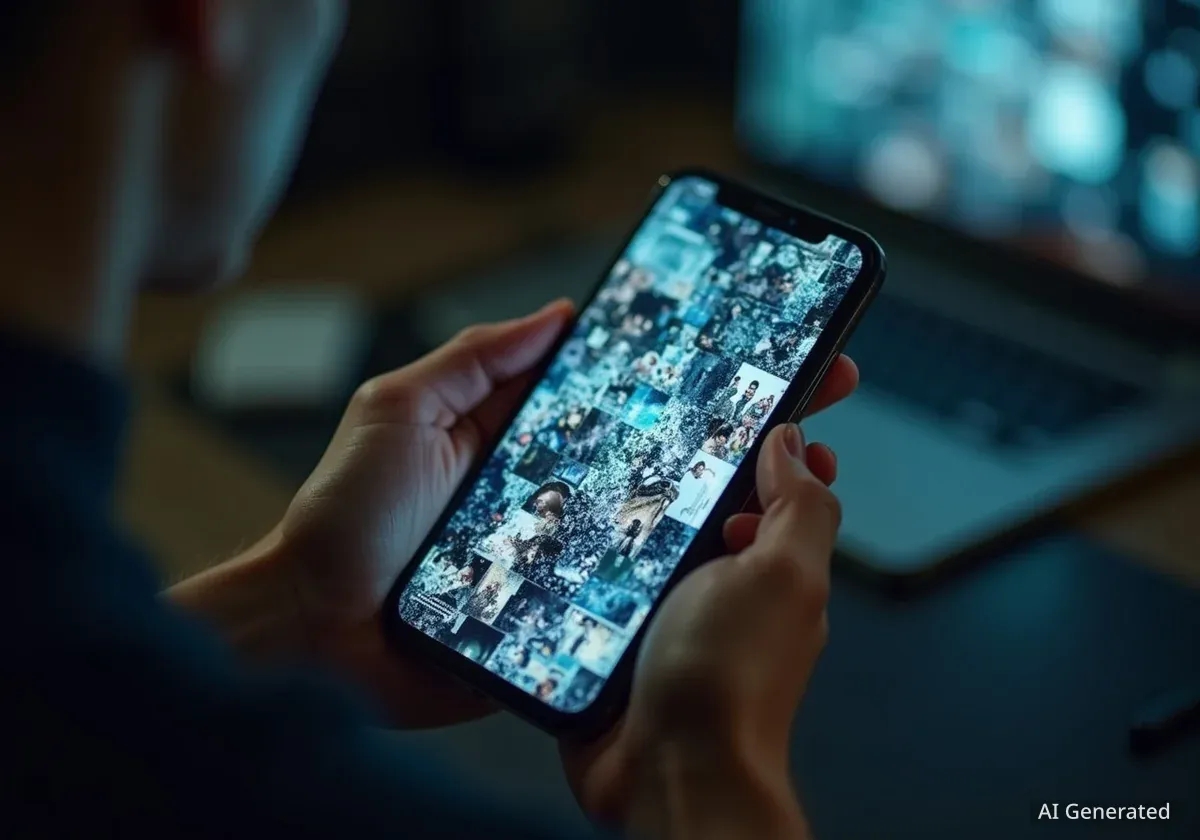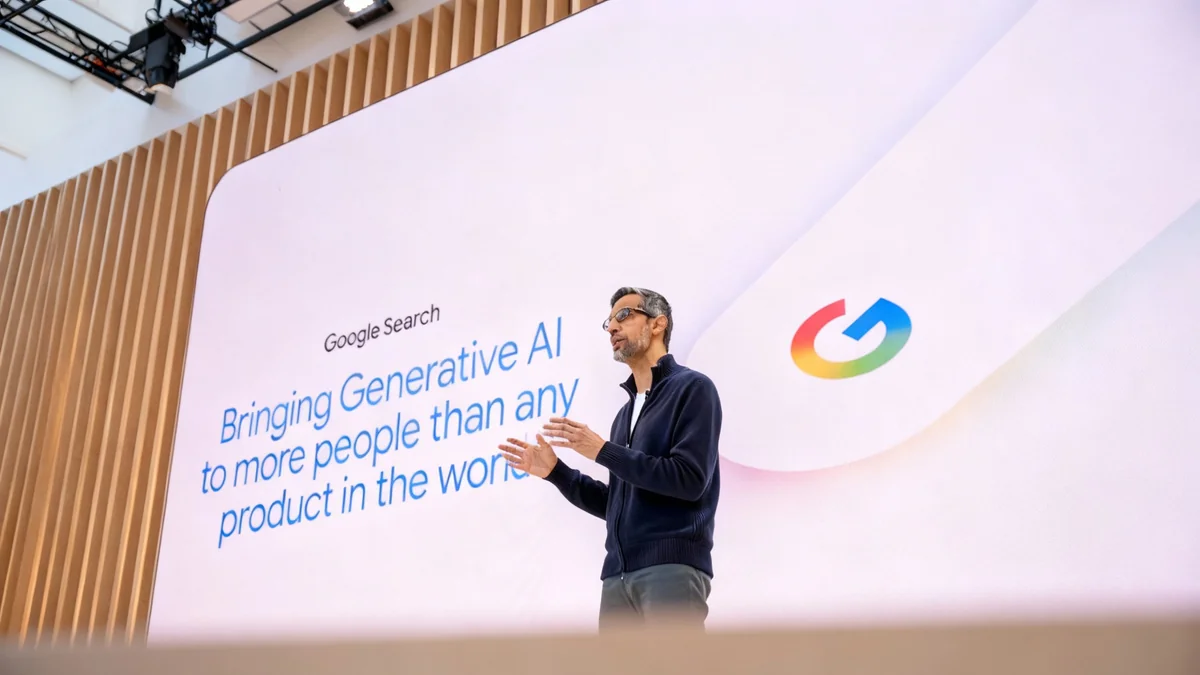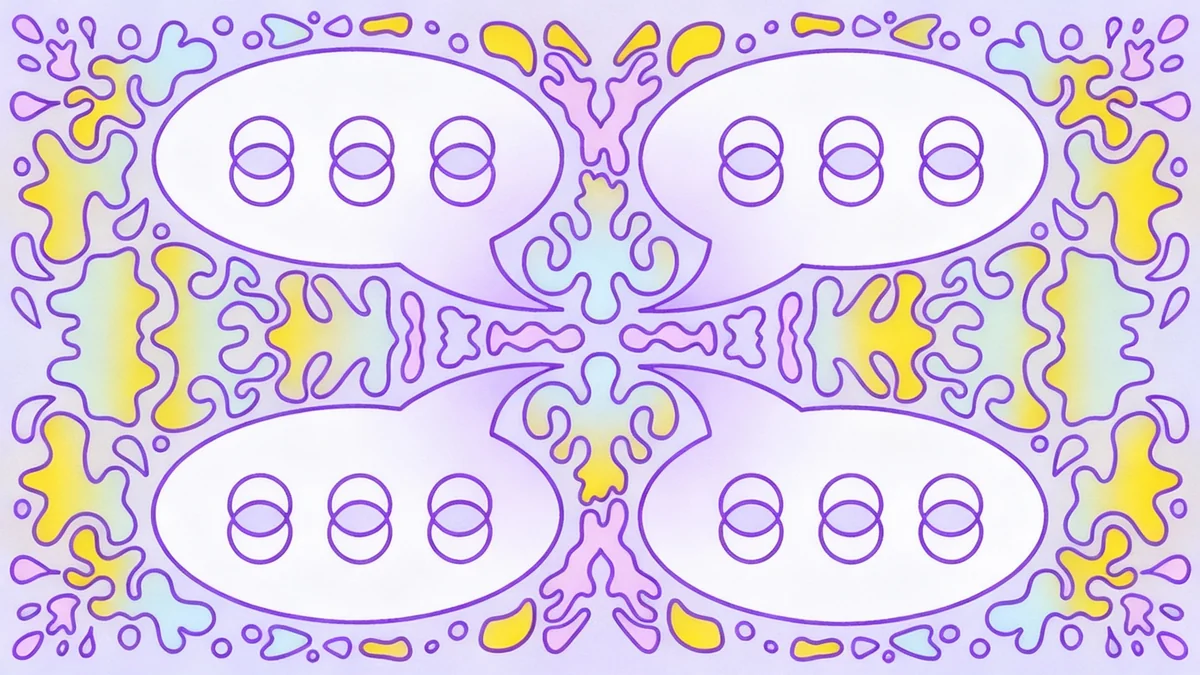A new approach to software development, known as "vibe coding," is emerging thanks to advancements in artificial intelligence. This method allows individuals without traditional programming skills to create websites and applications by describing their vision in natural language. AI tools interpret these descriptions and generate functional prototypes, significantly lowering the barrier to entry for digital creation.
According to Kelly Schaefer, a product director at Google Labs, vibe coding empowers a broader range of people to bring their ideas to life. While it excels at creating simple applications and prototypes, complex, large-scale products still require the expertise of professional developers. This new paradigm is shifting the focus from writing lines of code to effectively communicating a concept to an AI.
Key Takeaways
- What is Vibe Coding: A method of using AI to build apps and websites from natural language descriptions, without needing to write code manually.
- Accessibility: It makes software development accessible to non-programmers, entrepreneurs, and designers who want to visualize their ideas.
- Primary Use Case: Vibe coding is most effective for creating prototypes, simple applications, and visual mockups to communicate a concept to a development team.
- Limitations: Building complex, secure, and scalable applications ready for public launch still requires traditional coding and engineering skills.
- Key Tools: Google Labs is developing tools like Stitch for generating interfaces and Jules, an AI coding agent, to bridge the gap from idea to production code.
Democratizing Digital Creation
For decades, building a website or application required specialized knowledge of programming languages like Python, JavaScript, or C++. This technical barrier often prevented individuals with creative ideas but no coding background from developing their own digital products. Vibe coding aims to dismantle this barrier.
The core principle is to translate human intent into machine-executable code. Instead of learning syntax and logic, a user can simply describe what they want. For example, a prompt like "create a simple website for a local bakery with a photo gallery and a contact form" can be used by an AI tool to generate a basic, functional prototype.
The Goal of Democratization
Kelly Schaefer, who leads a portfolio of AI-powered products at Google Labs, explained the motivation behind this movement. Her teams focus on "how to democratize building products," recognizing that in the future, creation will not be limited to engineers. Vibe coding is a key part of this vision.
"Vibe coding lets you build what you envisioned in your head even if you don't have traditional coding skills," Schaefer stated. "It’s a process where, for example, you can use an AI tool and explain what you want to make and what you want it to look like, and that tool will generate something for you that you can see and use."
From Idea to Interactive Prototype
The primary strength of vibe coding lies in its ability to rapidly move from a conceptual idea to a tangible, interactive model. This is particularly valuable for entrepreneurs, designers, and project managers who need to communicate their vision to stakeholders or developers.
Instead of relying on static documents or wireframes, a non-technical founder can use a vibe coding tool to create a working prototype. This visual aid makes it easier for a professional developer to understand the core functionality and user experience intended for the final product.
A New Generation of AI Tools
Several tools are being developed to facilitate the vibe coding process. Google Labs has been experimenting with a suite of products designed to work together:
- Gemini: A conversational AI that can be used to refine and flesh out an idea before starting the building process.
- Canvas: An option within Gemini that can generate a basic web app prototype from a simple prompt.
- Stitch: A tool specifically designed for generating user interfaces and front-end code from descriptions, ideal for rapid visualization.
- Jules: An AI coding agent that works with existing codebases. It can add new features, fix bugs, and help turn a prototype into production-ready code.
According to Schaefer, tools like Stitch and Jules can mirror the collaborative process between a designer and an engineer. Stitch helps create the visual concept, and Jules helps implement the underlying functionality, making the entire workflow more accessible.
Understanding the Limitations
While vibe coding is a powerful tool for ideation and prototyping, it is not a replacement for professional software engineering. Schaefer cautions against the misconception that a few sentences can generate a fully polished app ready for millions of users on the Google Play Store.
Prototype vs. Production
An app generated through vibe coding is a starting point. To become a real product, it needs further development to ensure it is secure, scalable, and efficient. Professional coding is still essential for building robust backend systems, managing databases, and optimizing performance for a large user base.
"If you want to bring a vibe-coded app all the way to being a fully launched product that a lot of people can use, you still need coding skill and precision," Schaefer explained. The initial AI-generated output serves as a foundation that a developer can then build upon.
The process allows more of the original creator's vision—the "vibe"—to make it into the final product, but the technical execution remains a critical step handled by experts.
How to Get Started with Vibe Coding
For those interested in exploring this new field, Schaefer offers practical advice. The process should begin not with the coding tool itself, but with refining the initial idea.
Step 1: Refine Your Idea with AI
Before jumping into a tool like Stitch or Canvas, Schaefer recommends using a conversational AI like Gemini to brainstorm. By writing prompts that describe the app idea and asking questions like "what am I not considering?" or "what are some different takes on this?" a user can develop a more detailed and thoughtful concept.
"You're going to get a much better prompt out of it, but also you're going to develop more of a sense of taste, which is really important," Schaefer noted. This back-and-forth conversation helps identify crucial details that might otherwise be overlooked.
Step 2: Experiment Without Pressure
The next step is to experiment with the tools. Schaefer advises new users to approach tools like Canvas or Stitch with low expectations and a playful attitude. The goal is to explore and learn without the pressure of creating a perfect product on the first try.
Many successful products at Google Labs began as quick, vibe-coded experiments. This iterative process of rapid prototyping and experimentation is a core benefit of the technology, allowing creators to test ideas quickly and cheaply.
Ultimately, vibe coding represents a significant shift in how we think about software creation. By empowering more people to build and visualize their digital ideas, it has the potential to accelerate innovation and foster a new wave of creativity, driven not by code, but by vision.





